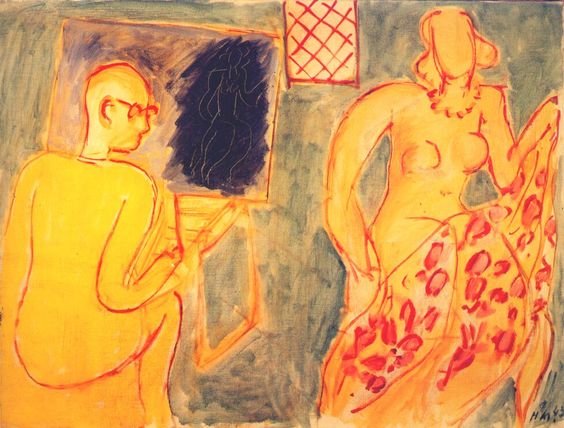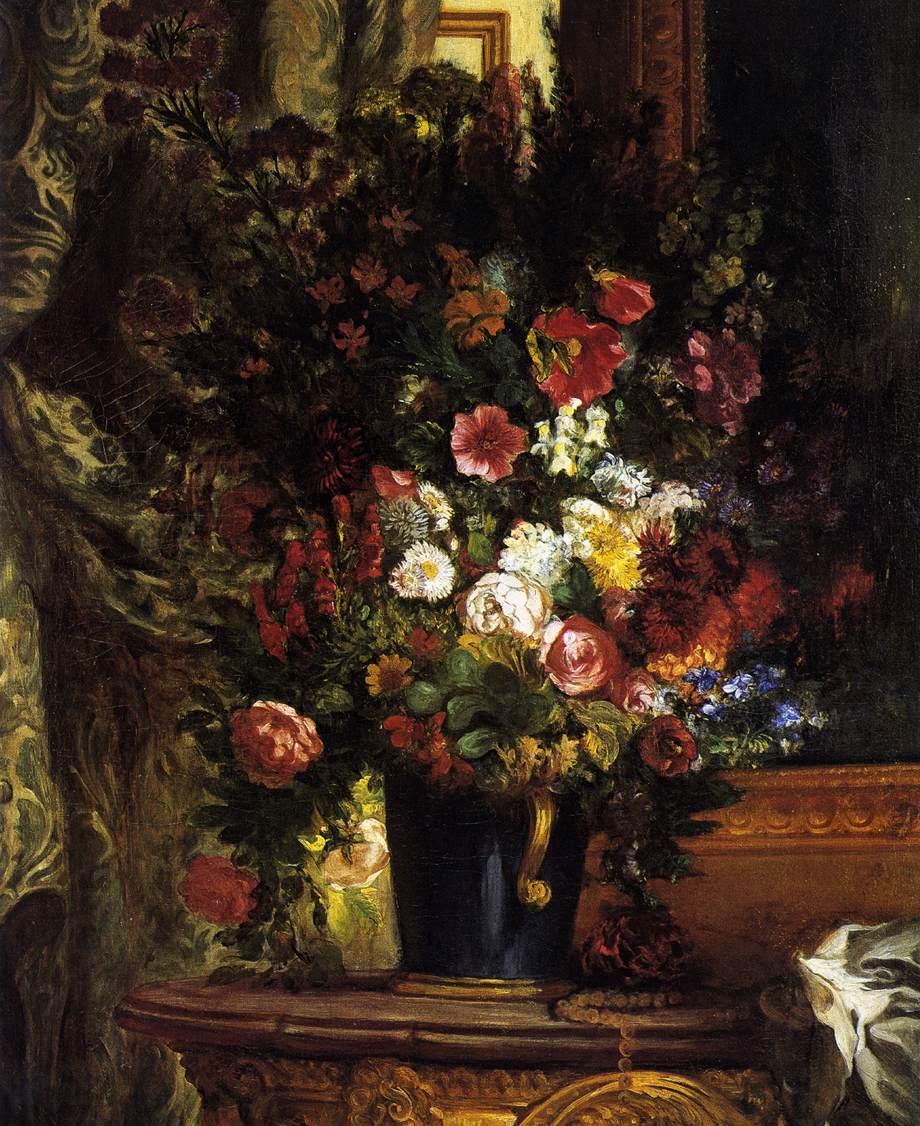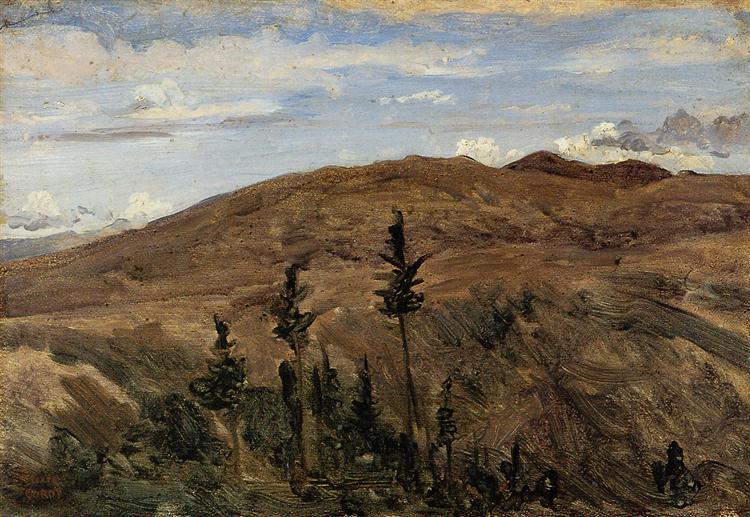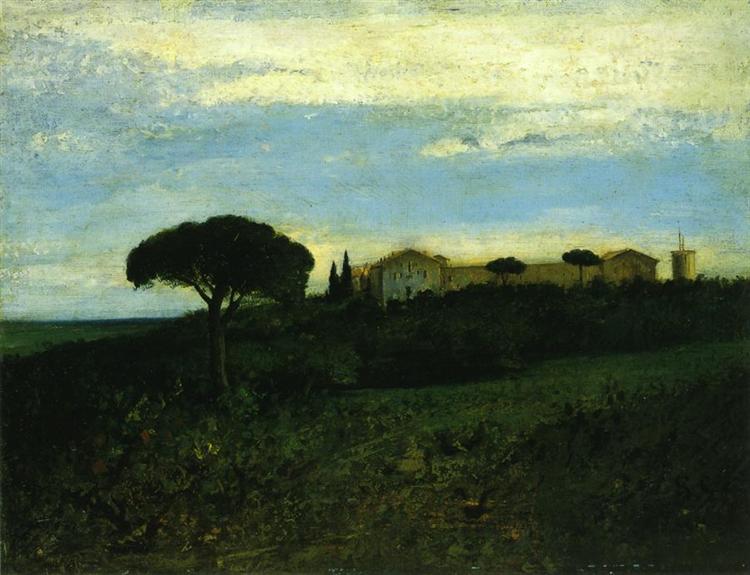Description
The painting "The Painting Session" (La sesión de pintura) from 1942, one of the works created by the master French master of color and form, Henri Matisse, is an eloquent and vibrant window into the artist's creative process. Matisse, known for his skill in handling color and simplifying forms, offers us in this piece an intimate contemplation of his artistic act, reflecting both his evolving style towards maturity and his unwavering passion for art.
In "The Painting Session" we observe a character, presumably a self-portrait of Matisse himself, in the act of painting, accompanied by a woman who appears to be a model, a recurring and central figure in many of his works. The first thing that captures attention is the rich palette of colors present. The vibrant tones of red, blue, and green combine to create an atmosphere of serenity and concentration. The woman, situated next to the painter, seems to be posing, representing a manifestation of the muse that inspires the creative process.
The composition of the work is particularly significant. Matisse uses space intelligently, employing an arrangement that divides the scene into different planes: that of the painter, the model, and the canvas in progress. This play of planes gives the painting depth, providing the observer with a clear idea of the dynamics of the artistic studio. The relationship between the painter and his model is also denoted in the relaxed but attentive attitude of both characters, reflecting a synergy and a tacit understanding of the creative flow.
Matisse's mastery of color is expressed in the contrast between areas of intense color and softer, more neutral ones, creating a perfect balance that leads the viewer's gaze across the surface of the painting. The ability to combine bold chromatic vibrations with formal simplifications is a hallmark of Matisse's style, and in "The Painting Session" this is manifested with clarity and elegance.
This work is inscribed within a crucial period in Matisse's career. During World War II, Matisse was working in a climate of uncertainty and tension. Despite this, his artistic production did not cease; in fact, he found a creative refuge in his studio. By 1942, Matisse had already traversed several artistic styles, from the Fauvism that catapulted him to fame to the more defined and stylized modernism of his maturity. "The Painting Session" encapsulates this journey, being both a self-examination and an affirmation of his artistic methodology.
In the broader context of his work, "The Painting Session" can be placed in dialogue with other crucial pieces from the same era, such as his series of nudes or his paintings of interiors, where color and form are equally protagonists. This piece, however, has a particularity: it offers an introspective glimpse into the very act of creation, something that is less common in other predominantly figurative or decorative works by Matisse.
In this way, "The Painting Session" is not only a celebration of color and form but also a reflective summit on the process of making art, revealing a more personal and intimate dimension of Henri Matisse. It is in this confluence of technical skills and emotional expressions where Matisse reaffirms his legacy as a titan in the history of modern art.











